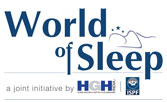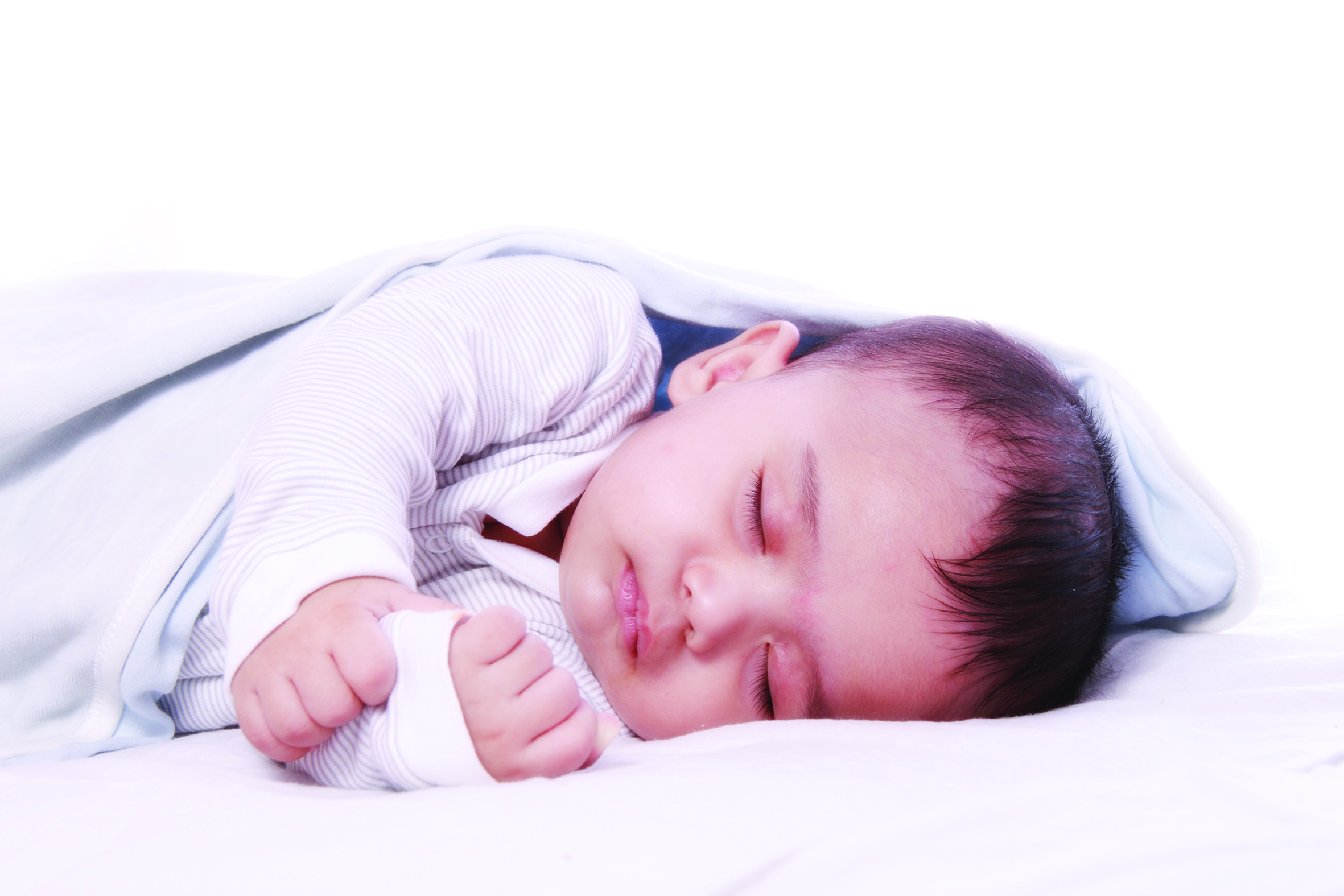Paediatric sleeping products like cots, beds and other accessories are essential ingredients to your child’s sound sleep. These products are designed to reduce the build-up of pressure points by providing support to an individual child’s symmetric posture. This increases the likelihood of an undisturbed night’s sleep for both the child and you. Child sleep is a crucial point of discussion to understand the health and safety of them.
Extensive paediatric research has gone into the needs of children during their sleep. The two main issues relating to children using sleep systems, beyond health and safety, are posture and tolerance.
A child’s sleep patterns need to be studied against the backdrop of the needs of the family and the carers. So companies design sleeping systems and contraptions which were comfortable, supportive, flexible, easy to use and could be easily transported. Many companies specializing in child sleep products also offer postural care programs to parents and caretakers are equipped to provide children with the best chance to a sound sleep every day.
One of the key factors affecting a child’s sleep is asymmetry due to abnormal tone and gravity. In fact, you can leverage the gravity factor to the child’s advantage to create a symmetric posture when their tone reduces during sleep.
It is estimated that children spend 42 percent of their time in a sleeping or lying position (Goldsmith, 2000). Babies sleep a lot – about 14 to 15 hours a day! Most kids between the ages of 5 and 12 years old need 10 to 11 hours of undisturbed sleep each night. Hence, it is of paramount importance to avoid inhibiting abnormal postural reflexes and prevent heat and pressure build-ups during sleep. Baby sleeping products are now recognised as a vital component in any 24 hr postural care program for children with special needs.
Many paediatric sleep product companies use a child-centred approach and design cots and beds specifically for various age groups. for children within three different age groups.
Here’s a table to give you a thumb rule on a cot or bed for your child.
- 0-1 years – cot
- 1-5 years – cot
- 1-5 years – single bed
- 5-18 years – single bed
Long-time research on how children sleep has identified the two primary issues that may harm the health and safety of children. The two issues are Posture and Tolerance.
Sleep Postures
Generally speaking, there are three sleep postures: Supine lying, sleeping on their backside; side sleeping posture which includes lying on the left, right or both sides alternatively; and Prone lying, lying on their front. Normally, all postures are used but there will be a primary posture a child always defaults to. Research into child sleep and safety claims that where the child’s condition permits, Supine lying is the optimum position for achieving undisturbed sleep. This is because the child’s weight is distributed across the largest surface area on the bed. This has the advantage of a minimised build-up of pressure points and hot spots which are common causes of sleep disturbance.
Supine posture is also preferred by paediatric sleep experts for achieving a symmetric sleeping position. Studies have shown where the child can develop a tolerance for Supine lying, they may often be able to sleep through the night undisturbed.
There are however occasions where Supine lying may not be acceptable or desirable. Side-lying is preferred in such cases which means your child may need to be turned from one side to the other during the night. Only on rare occasions, possibly as a result of established sleep patterns, would we see children sleeping prone. Your child’s preferred sleeping position will depend on many things including their condition, age and existing sleep patterns.
How does a good sleeping pattern help?
Parents and caregivers need to be aware of a few postural management issues to achieve good sleeping patterns. Let’s take a quick look at various adjustments that are required to help your child acquire better sleeping patterns.
Hip and trunk positioning
Every child needs positive support to maintain a comfortable and desirable lying posture, either supine, side or prone. Experts’ advice is to use any mattress that is mouldable and flexible. These essentially help to mould the shape of your child’s body providing contoured support while adding symmetry to the posture. Mattresses which have cavities allowing the parts of the body to “fall” back in the cavity are preferred. This is when the child’s tone reduces and the mattress requires to allow gravity to have a positive effect on an existing asymmetry that is created during sleep.
Chest and Hip Positioning
It is essential that the child’s chest and hips are in the right position during any of the postures the child is sleeping in. Just so, the body of the child should not sag unsupported on an otherwise good mattress. The chest and hip position is important in maintaining a good sleeping posture. In its sleep, a child can easily slip into an unaligned, saggy posture. There are special cushioned Guides which can be used on their own. These guides are adjustable and elastic that can provide the necessary tension, like giving a light pull at the pelvis region so that the hip does not sag lower than chest level. The child gets the right support while having ample room for comfortable movement.
Air-flow Mattress
The Air-flow Mattress is made from a special fibre which provides free airflow promoting air circulation and keeping your child at a comfortable temperature. It is a cushioned mattress between your child and the Sleepform Mattress. The Air-flow Mattress must always be used when using the Sleepform Mattress. The elasticated Guides allow movement and have proven very popular where children are finding the introduction of a sleep system challenging. You may choose to use two Chest and Hip Guides to support your child in a comfortable posture at the chest and pelvis. The cushioned Chest and Hip Guides contain the same special fibre as the Air-flow Mattress. This provides comfortable cushion support and prevents heat from building up.
Leg, knee and ankle positioning
Adequate support has to be provided to prevent issues related to leg positioning, abduction and adduction such as wind sweeping, frogging and scissoring. Windsweeping is a condition where the knees are knocked sideways affecting the pelvic region. Frogging is a condition where the knees are tucked inwards and scissoring is a condition where the knees and legs are crossed. Usually, cushioned pillows and guides are used to ensure the knees and legs are in their place. These can be used in any posture. However, parents need to ensure that the guides are realigned whenever the child shifts postures in their sleep.
Head and arm positioning
The most important part of child sleep positioning is the head and arm positioning. The head requires special care. Additional comfortable mattresses can be positioned under the pillow area to form to cradle the head. This offers the necessary support. Arm positioning is achieved by forming a cavity in the Mattress and allowing the arms to relax into the channels.
Temperature Control
In addition to these, the use of mattresses, pillows and cushions that allow air-breathing and are made of special fibre is essential. Usually, as the child sleeps there will be internal circulation inside the bed and a heat build-up occurs. This may cause severe discomfort to the child. So a typical airflow mattress and cushions can be used.
Good night’s sleep
In all, a child’s sleep is not trivial. Apart from good mattresses, cushions, guides, rolls and pillows out there, parents and caregivers need to consider, the ease of use and the mobility of the entire system. Postural management in children is harder than in adults. Usually, parental intervention is required continuously. So getting a good sleeping system that offers all of these out of the box is the best bet.


